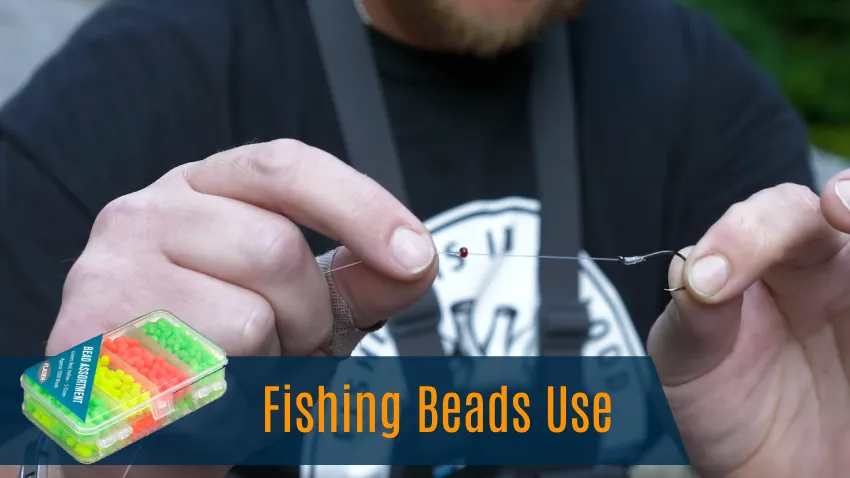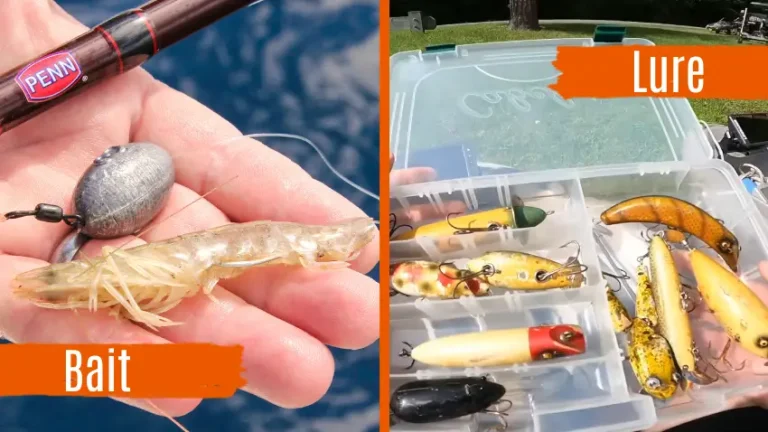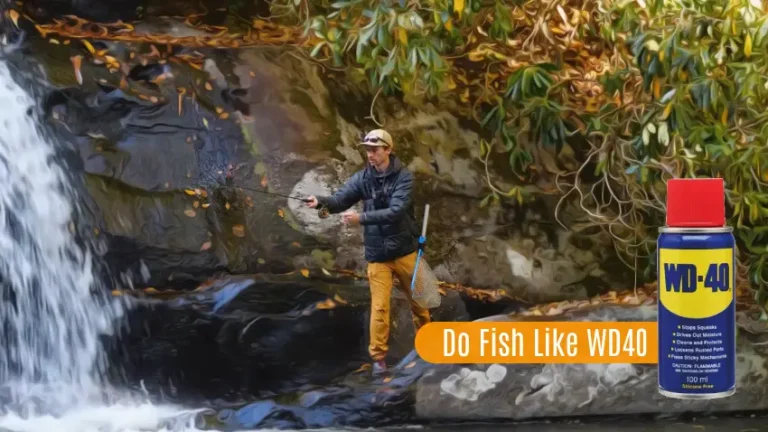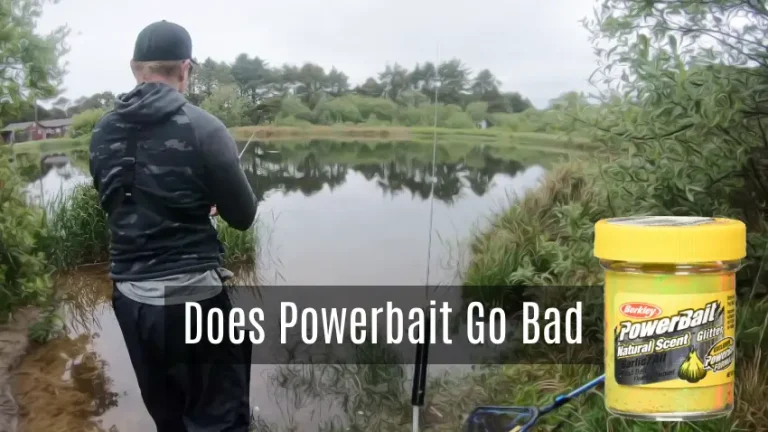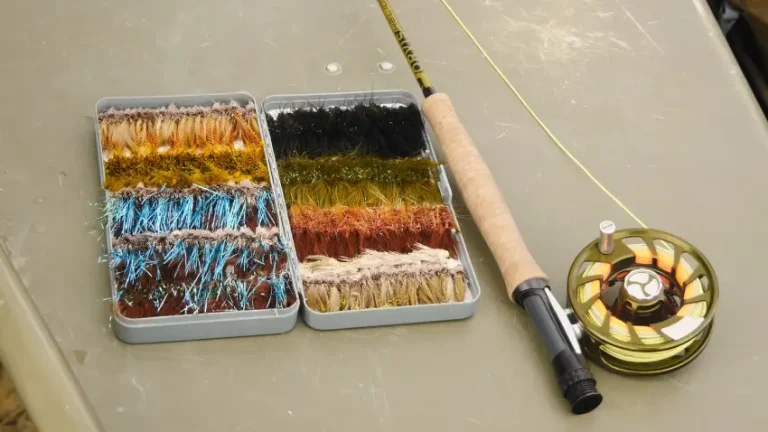What Are Fishing Beads Used For: 6 Facts
Fly fishing is a refined angling technique, and anglers often employ a variety of strategies and equipment to entice their quarry. Among the many tools at their disposal, fishing beads stand out as essential components for certain situations.
Fishing beads are versatile tools that serve multiple purposes in your fishing setup. They attract fish by mimicking the appearance of fish eggs or prey. Act as a protective barrier between your rig components, preventing them from tangling or getting damaged.
The fishing beads help secure knots, ensuring your line stays strong and secure. They can be used to position sinkers and weights, allowing you to control the depth and presentation of your bait.
Here, we will look at the world of fishing beads and their various applications. Whether you’re into fly fishing or traditional angling, understanding the role of beads in attracting fish can greatly enhance your fishing experience.
What Are Fishing Beads Used With Fishing Baits and Lure?
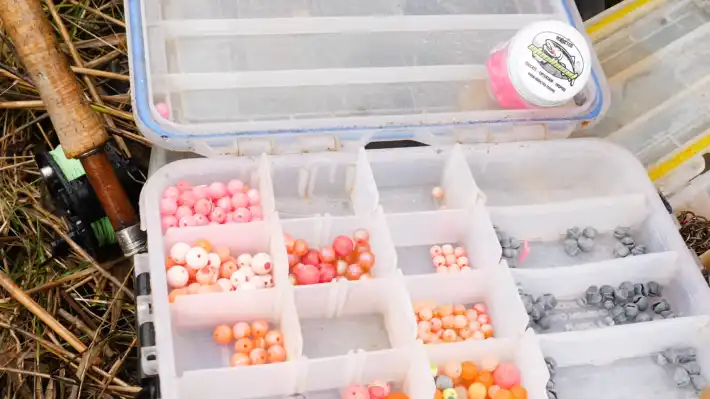
Fishing beads can be used to attract fish without the use of any bait or lure. But they will be more effective if you use bait or lure. Here’s how:
- Attracting fish
- Protecting rig components
- Securing knots
- Positioning sinkers and weights
- Enhancing rig weight and visibility
- Versatile applications
No 01: Attracting Fish
Fishing beads can be used with fishing baits and lures to attract more fish to your line. The beads are designed to attract fish by mimicking the appearance and behavior of natural prey.
These beads’ fluorescent and glow-in-the-dark properties make them highly visible in murky or deep waters. Even without baits and lures, fishing beads can still be effective attractants on their own.
No 02: Protecting Rig Components
Using fishing beads can extend the lifespan and ensure optimal performance of your fishing rig, preventing abrasion from rocks and debris.
These beads act as a buffer between your rig and the surrounding environment, absorbing the impact of any potential collisions.
When placed strategically, they create a protective barrier that prevents direct contact between your rig and hard surfaces, reducing the risk of damage or wear.
This is particularly important when fishing in rocky or debris-filled areas, where your rig is more susceptible to scratches, dents, or even breakage.
The beads also help to minimize friction between rig components, reducing the chances of premature wear and tear.
No 03: Securing Knots
When tying knots in your fishing line, creating a strong and secure connection is important. However, knots can weaken over time due to friction and constant movement of the rig. This is where fishing beads come into play.
By placing them above your knots, fishing beads act as a protective shield, reducing the risk of knot erosion with fishing baits and lures. They create a barrier between the knot and the components of your rig, preventing direct contact and minimizing the wear and tear on the knot.
This ensures that your knots remain strong and reliable, reducing the chances of losing fish due to line breakage.
No 04: Positioning Sinkers and Weights
You frequently use fishing beads with baits and lures to position sinkers and weights on your fishing line.
The primary purpose of using fishing beads in this context is to prevent the sinkers and weights from sliding along the line, thus maintaining their desired position. Placing the fishing bead above the sinker or weight is a stopper, preventing it from moving excessively.
This is particularly useful when fishing in areas with strong currents or when using heavy sinkers. The beads also serve to protect the fishing line from damage caused by direct contact with the sinker or weight.
No 05: Enhancing Rig Weight and Visibility
Using fishing beads, you can create tight rigs with more weight and enhance the visibility of your fishing baits and lures.
Adding fishing beads to your rig increases its overall weight, allowing it to sink deeper into the water column. This is especially beneficial when targeting fish in the lower depths. The added weight also helps to keep your rig stable and prevents it from drifting too much in strong currents.
Additionally, fishing beads serve as visual attractants, making your fishing line more noticeable to fish. This increased visibility can be particularly advantageous in murky or low light conditions when fish may have difficulty spotting your rig.
No 06: Versatile Applications
When used without bait or lure, fishing beads can still be effective in attracting fish. By mimicking the appearance and movement of prey, beads can entice fish to strike. They can also be used as attractors, creating flashes of color and movement in the water to grab the attention of nearby fish.
In addition, fishing beads can protect knots and prevent line damage by acting as a buffer between the knot and the weight. They can also be threaded onto the line to trap swivels, preventing them from sliding up the line during casting or retrieving.
What’s the Purpose of Using Beads When Fly Fishing?
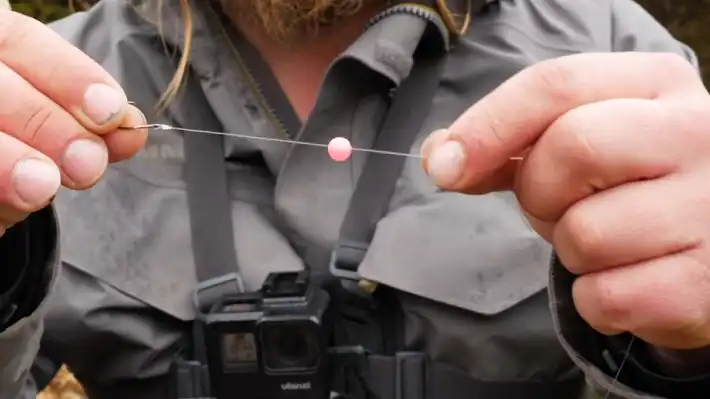
Using beads in fly fishing enhances the effectiveness of your fly patterns by replicating the appearance and texture of fish eggs. Beads are an excellent choice for imitating eggs that trout feed on during specific periods, such as salmon or steelhead spawn.
By incorporating beads into your fly patterns, you can create realistic egg imitations that closely resemble the eggs of various fish species. The beads provide a visual cue to trout, attracting them to your fly and increasing your chances of a successful catch.
Additionally, the texture of the beads adds another level of realism to your fly, making it more enticing to feeding trout.
How to Set Fishing Beads for Fly Fishing?
When setting fishing beads for fly fishing, there are several important steps to follow.
Step 01: Select the Right Beads
The first step is to select the right beads. When choosing beads, it’s important to consider the color and size that match the fish eggs or natural fishing bait and lure in your fishing location. The color of the beads can vary from pale to bright, depending on the stage of the spawn and the preferences of the fish.
Matching the color and size of the beads to the natural food source increases the chances of attracting trout. It’s also crucial to consider the water conditions, such as clarity and depth, as this can affect the visibility of the beads.
Step 02: Determine Bead Placement
To determine the placement of the fishing beads for fly fishing, position them above the hook, approximately 2 to 4 inches away. This distance allows the beads to mimic fish eggs effectively, attracting fish to bite.
Placing the beads above the hook creates a visual representation of eggs, a common food source for many fish species. The recommended distance of 2 to 4 inches provides enough space for the beads to move naturally in the water, creating a lifelike appearance and increasing the chances of enticing a strike.
It’s important to note that the exact distance may vary depending on the specific fishing conditions and the behavior of the fish you’re targeting. Experiment with different bead placements to find the most effective position for your fly fishing setup.
Step 03: Thread the Bead
To thread the bead for fly fishing, start by selecting a suitable leader or tippet.
You have two options for setting the bead: the pegging method or threading it directly onto the line.
If you choose the pegging method, you’ll need a small piece of plastic or rubber called a peg. Begin by threading the leader through the bead. Then, insert the peg through the hole in the bead, securing it in place. Finally, trim any excess peg material.
If you prefer to thread the bead directly onto the line, simply slide it onto the leader or tippet. Before continuing with your fly fishing setup, ensure the bead is positioned where you want it.
Step 04: Position the Bead
To position the fishing bead for fly fishing, slide it into the desired location on your leader or tippet, ensuring it’s at the specified distance above the hook. This distance can vary depending on the fishing conditions and the type of fish you’re targeting.
The bead is an attractor and adds weight to your rig, causing your fly to sink deeper into the water. Positioning the bead correctly is crucial for achieving the desired depth and attracting fish.
Once the bead is in place, ensure it’s secure and doesn’t slide up or down the leader. If you’re using the pegging method, place the peg in the hole in the bead and tighten it to hold it firmly in place. This will prevent the bead from moving during casting and retrieving, ensuring its effectiveness in enticing fish.
Step 05: Attach the Hook
Attach the hook to the leader or tippet below the fishing bead to complete the setup for fly fishing. Ensure the hook is securely fastened and positioned to allow it to hang below the bead. This positioning is crucial as it imitates fish eggs and entices fish to investigate.
To attach the hook, tie it onto the leader or tippet using a reliable knot such as the improved clinch knot or the uni knot. Ensure that the knot is tight and secure to prevent the hook from coming loose during casting or retrieving.
It’s important to maintain a balanced setup where the hook is positioned properly in relation to the fishing bead to increase the chances of attracting fish.
Step 06: Fine-Tuning and Testing
Once you have securely attached the hook below the fishing bead, it’s time to fine-tune and test your setup for fly fishing.
Before casting, make any necessary adjustments to the placement of the bead to achieve the desired separation between the bead and the hook. This is important because the spacing will determine how the bead behaves in the water and whether it accurately imitates fish eggs.
To fine-tune the setup, observe the behavior of the bead in the water. Pay attention to how it moves and whether it attracts fish. If needed, you can make further modifications to optimize its performance.
Testing the rig in the water will help you determine if it’s functioning effectively and if any additional modifications are required.
Do glow beads attract fish?
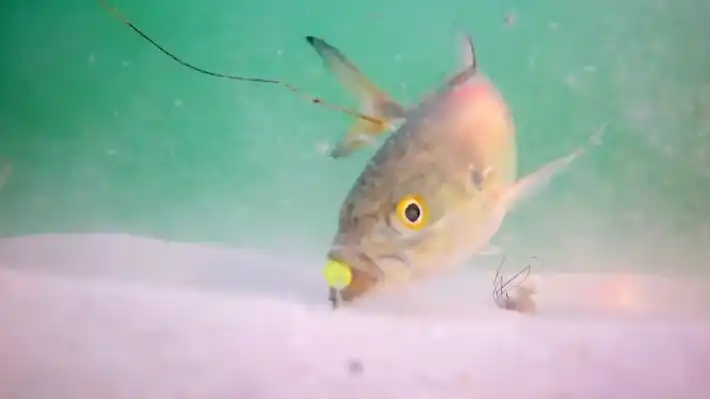
When fishing at night, the luminous fishing beads added to your rig can glow in the dark and grab the fish’s attention.
Before casting your line, shine a flashlight on the fishing beads for one to five minutes, allowing them to absorb the light source fully. This charging process will make the beads glow, emitting a visible and enticing light in the water.
The glowing beads create a visual stimulus that can attract fish from a distance, increasing your chances of a successful catch. The glow acts as a beacon, drawing the fish towards your bait or lure, making locating and striking easier.
What is a glass bead used for fishing?
Glass beads are commonly used in fly fishing in Indiana to imitate fish eggs and attract salmon, steelhead, and trout. These beads are made of glass, which offers several advantages over plastic beads.
Firstly, glass beads will sink faster, allowing them to reach the strike zone more quickly. This is especially useful when fishing in stronger currents, as glass beads stay down deeper than their plastic counterparts.
Additionally, glass beads produce a sharper sound when they come into contact with rocks and sandy bottoms, further enhancing their attractiveness to fish.
Fishing Beads: An Ideal Helper for More Fishing
Fishing beads are versatile tools used in fly and traditional fishing with baits and lures. They serve multiple purposes, such as imitating fish eggs, adding color and attraction to the bait or lure, and providing a visual element that can entice fish to strike.
Glow beads are particularly effective at attracting fish, especially in low light conditions. On the other hand, glass beads are commonly used for weight or as a decorative element in fishing rigs.
Overall, fishing beads are a valuable addition to any angler’s tackle box.

